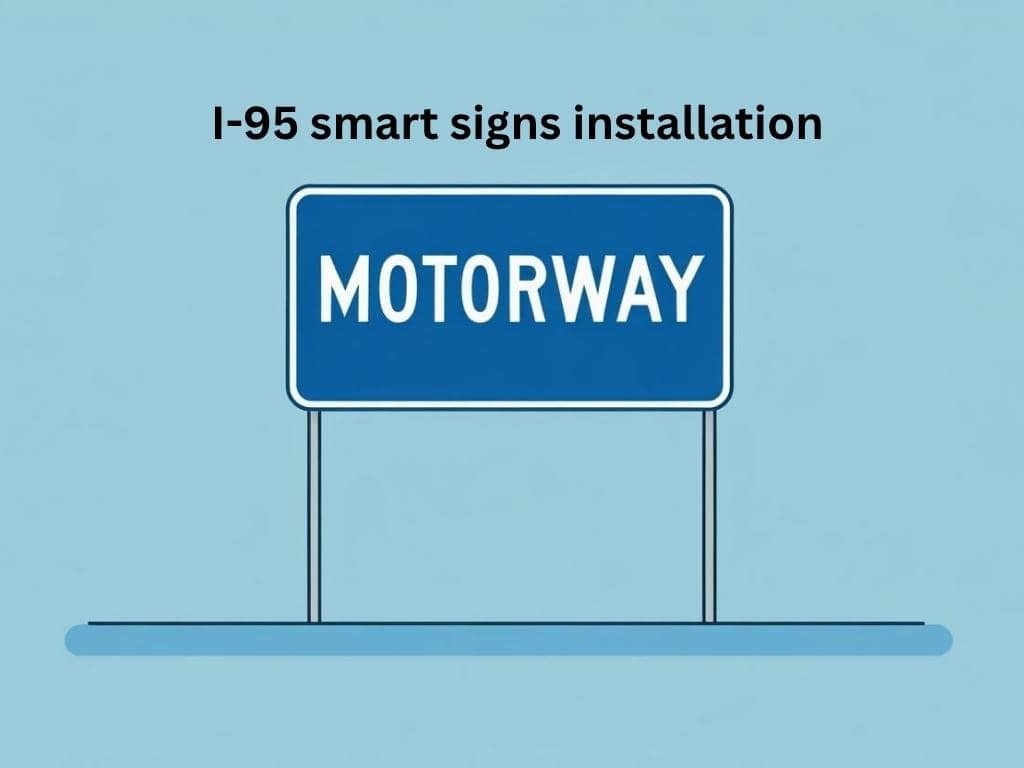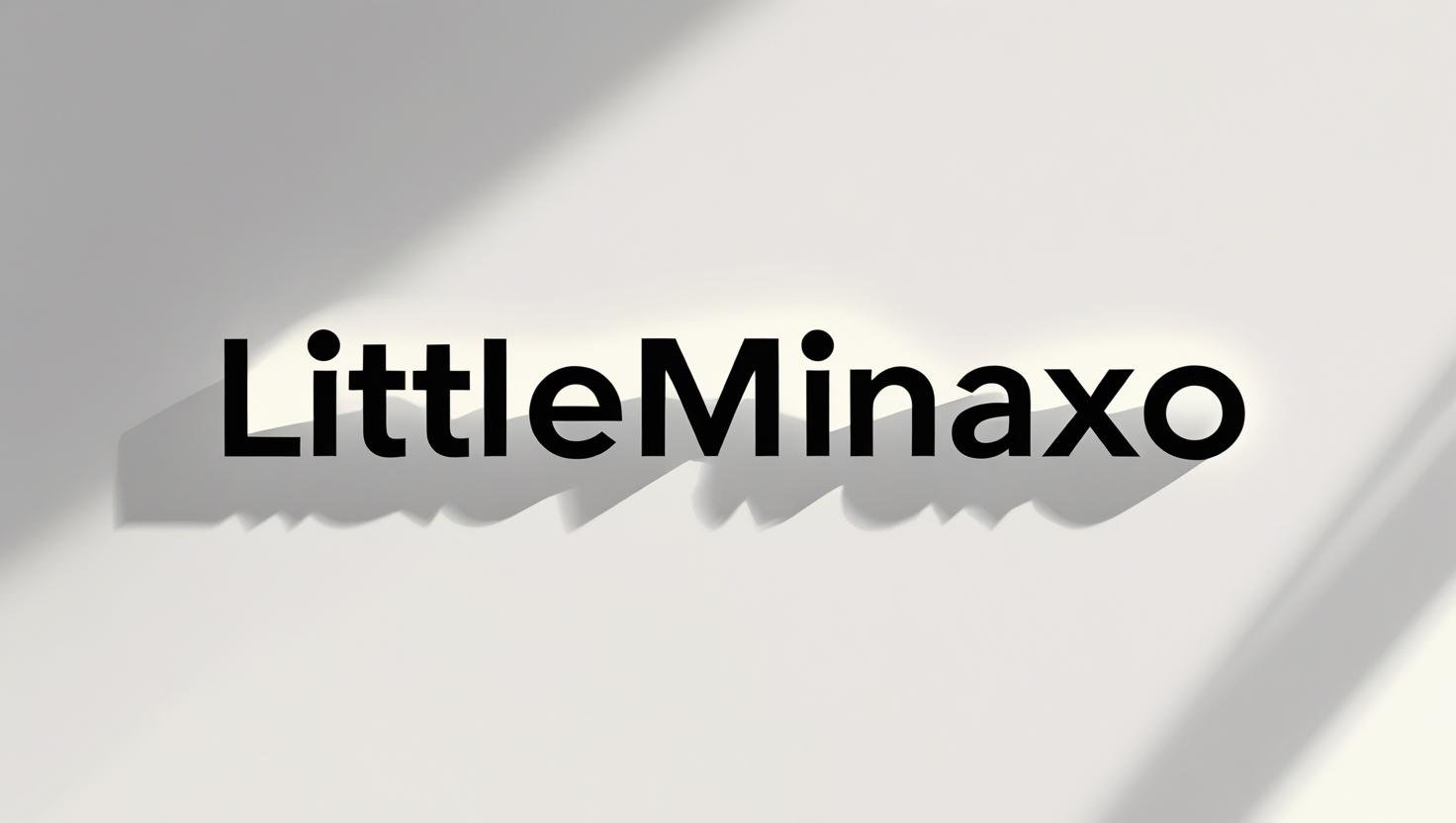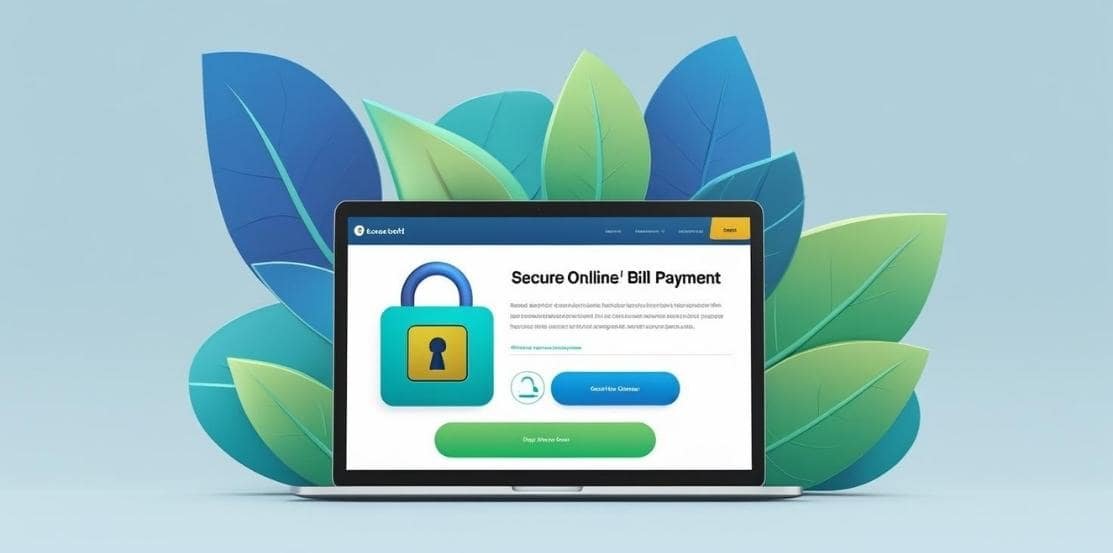Introduction: Unlocking the Power of Real-Time Traffic Intelligence
Imagine driving on I-95, the backbone highway stretching from Miami to Maine, where a sudden digital message alerts you about a crash ahead, suggests an alternate route, or warns of icy conditions. This is the promise of I-95 smart signs installation — a technology-driven breakthrough that transforms traditional roadways into intelligent, adaptive networks that actively communicate with drivers.
As traffic volumes increase and travel demands grow, static signs simply cannot keep up. The I-95 smart signs installation initiative harnesses cutting-edge sensors, data analytics, and digital displays to deliver timely, precise information. This helps prevent congestion, reduce accidents, and improve the commuter experience. In this comprehensive article, we’ll explore the what, why, and how of this transformative technology, highlighting its origins, benefits, real-world applications, and future potential.
FOR MORE ARTICLES PLS CLICK FAPELLO
I-95 Smart Signs Installation: Meaning and Purpose
Meaning:
I-95 smart signs installation refers to the process of placing advanced digital traffic signs along the I-95 highway corridor. These signs are equipped with sensors, cameras, and communication technology that allow them to display real-time, dynamic messages to drivers. Unlike traditional static signs, smart signs actively respond to current traffic conditions, accidents, weather changes, and emergencies to provide timely information.
Purpose:
The main purpose of I-95 smart signs installation is to improve traffic safety and efficiency. By delivering instant alerts and guidance, these signs help reduce traffic congestion, prevent accidents, and enhance emergency response. They create a smarter roadway environment that adapts to changing situations, making travel along the busy I-95 corridor safer and smoother for all drivers.
What Exactly Is I-95 Smart Signs Installation?
The term I-95 smart signs installation refers to the deployment of intelligent, connected digital traffic signs along the I-95 corridor. These signs differ dramatically from traditional fixed highway signs by:
- tracking traffic conditions with real-time data from cameras and sensors.
- Displaying dynamic messages that update instantly to reflect incidents, weather, or traffic flow.
- Communicating with centralized traffic management centers for coordinated responses.
At its core, I-95 smart signs installation converts highways into responsive systems that actively inform and guide drivers. They can reduce uncertainty and make travel safer and smoother by warning of accidents, road construction, high traffic, dangerous weather, and more.
Historical Roots: The Evolution of Smart Traffic Signs
The journey to today’s I-95 smart signs installation began decades ago with simple Variable Message Signs (VMS), mostly used for construction alerts. These early signs required manual updates and lacked real-time interactivity.
Technological leaps in sensor development, wireless communications, and data processing paved the way for modern smart signs. By integrating traffic cameras, weather monitoring systems, and GPS data, signs evolved into intelligent devices capable of automatic, real-time message updates.
Philosophically, the I-95 smart signs installation initiative embodies a shift from static infrastructure to dynamic, context-aware road networks. This evolution mirrors the transition from fixed, unidirectional communication to interactive systems that respond proactively to changing road conditions and driver needs.
Dump truck driver hits I-95 overhead sign
Why Is I-95 Smart Signs Installation Crucial?
The I-95 corridor is one of the busiest and most critical highways in the United States. It connects key metropolitan areas and handles millions of vehicles daily, including commuters, tourists, and commercial freight. Without smart signs, drivers must rely on static signage, delayed radio updates, or GPS apps that may not reflect immediate hazards.
The I-95 smart signs installation is critical because:
- It reduces traffic congestion by providing real-time detours and traffic warnings.
- It enhances safety by alerting drivers to accidents, hazards, and changing speed limits.
- It improves emergency response times by enabling quick traffic management.
- By decreasing idle time and facilitating traffic movement, it lessens its negative effects on the enviro-nment.
This technology empowers transportation authorities to manage a complex traffic ecosystem efficiently, preventing gridlocks and saving lives.
Real-World Applications of I-95 Smart Signs Installation
The benefits of I-95 smart signs installation extend beyond simple messages. Here are some key applications:
Dynamic Traffic Management
In response to changing road conditions, smart signage dynamically modify speed restrictions. For instance, signage may lower speed restrictions to improve safety during periods of intense rain or fog. Miles ahead, they alert vehicles to unexpected slowdowns or collisions.
Emergency Notifications
In case of accidents or hazardous spills, I-95 smart signs installation enables rapid dissemination of emergency alerts. Signs can display evacuation routes or lane closures, facilitating faster clearance.
Weather Hazard Warnings
Weather indicators like wind, snow, and ice are tracked by sensors. Smart signs display warnings like “Icy Road Ahead” or “High Winds Next 5 Miles,” helping drivers prepare and reduce accidents.
Supporting Freight and Commerce
Commercial trucks rely heavily on I-95. Smart signs help freight drivers avoid congested areas and keep supply chains moving efficiently.
Public Safety Campaigns
Smart signs also promote a safety culture by displaying messages like “Buckle Up” or “Don’t Text and Drive,” raising awareness on vital issues.
Comparing I-95 Smart Signs Installation to Traditional Traffic Signs
| Feature | Traditional Signs | I-95 Smart Signs Installation |
|---|---|---|
| Message Type | Static, unchanging | Dynamic, real-time |
| Update Frequency | Rare, manual | Continuous, automatic |
| Data Sources | None | Sensors, cameras, GPS, weather data |
| Communication | One-way | Interactive, networked |
| Cost | Lower upfront | Higher upfront, cost-effective long-term |
| Impact on Traffic | Limited | Significant in congestion and safety |
This comparison underscores why I-95 smart signs installation is an investment in the future of transportation.
FOR MORE ARTICLES PLS CLICK FAPELLO
Future Possibilities and Ethical Considerations
Integration with Autonomous Vehicles
One of the most exciting opportunities from I-95 smart signs installation is seamless integration with self-driving cars. Signs could communicate directly with vehicles, sending instant instructions or rerouting based on real-time conditions.
AI-Powered Predictive Traffic Control
Artificial intelligence may be able to forecast traffic jams before they happen by analyzing both historical and present data. In order to prevent traffic congestion, smart signs might therefore proactively modify traffic patterns.
Privacy and Security Challenges
Smart signs collect data through cameras and sensors, raising privacy concerns. The I-95 smart signs installation program must ensure robust data protection, limit surveillance misuse, and maintain transparency with the public.
Cybersecurity is also paramount to prevent hacking attempts that could cause misinformation or chaos on the highway.
Best Practices for Effective I-95 Smart Signs Installation
To maximize the benefits, the installation of smart signs must follow certain best practices:
- Optimal Location: Signs should be placed strategically near exits, merges, and high-accident zones for maximum visibility.
- Clear Messaging: Keep messages concise and simple to read within seconds, avoiding driver distraction.
- Regular Maintenance: Hardware dependability and message correctness are guaranteed by routine inspections.
- Integration: Smart signs should be connected to central traffic management for coordinated updates.
- Feedback Loops: Collect driver feedback and traffic data to refine sign placement and messaging strategies continually.
These principles make I-95 smart signs installation a sustainable and effective traffic management solution.
Environmental and Economic Impacts
The I-95 smart signs installation does more than enhance safety. It contributes to environmental goals by reducing idle times and stop-and-go traffic, which are major contributors to carbon emissions.
Economically, smoother traffic means:
- Less wasted fuel.
- Reduced vehicle wear and tear.
- Improved delivery times for businesses.
Both the economy and the ecology gain as a result of this.
Conclusion: A Smarter Road for a Safer Journey
The placement of I-95 smart signage is a revolutionary development in contemporary highway administration. Merging technology with transportation creates a living network that communicates, adapts, and protects.
Like a guardian angel watching over one of the nation’s busiest routes, smart signs ensure that every trip on I-95 is safer, smoother, and smarter. This technology not only reflects progress but also embodies a vision where roads and drivers engage in a continuous, life-saving dialogue.
As the future unfolds, the I-95 smart signs installation will pave the way toward fully intelligent transportation systems — where innovation, safety, and sustainability travel hand in hand.
Frequently Asked Questions (FAQs) About I-95 Smart Signs Installation
Q1: What is involved in I-95 smart signs installation?
It includes deploying digital, sensor-equipped signs that display real-time traffic and safety info.
Q2: How does the placement of I-95 smart signage enhance traffic flow?
By providing timely updates and detour information, it reduces congestion and prevents jams.
Q3: Are smart signs expensive to install along I-95?
Initial costs are higher than traditional signs, but benefits like fewer accidents and smoother traffic justify the investment.
Q4: Does I-95 smart signs installation raise privacy concerns?
Data collection is minimized and protected, but transparency and security are crucial to address privacy issues.
Q5: How will I-95 smart signs installation work with future vehicle technologies?
Bright signs will communicate with autonomous vehicles and use AI to optimize traffic management.




